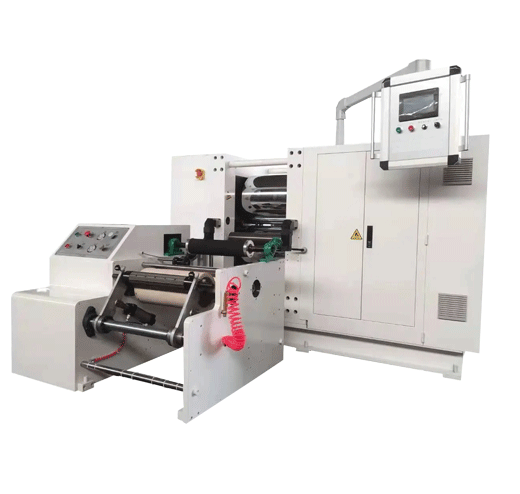Situs Blog
Hubungi kami
- Jika Anda memiliki pertanyaan, silahkan hubungi kami, Semua pertanyaan akan dijawab
- Email : David@tmaxcn.com
- Email : Davidtmaxcn@gmail.com
- Tambahkan : No. 39, Xinchang Road, Xinyang, Haicang Dist., Xiamen, Fujian, China (Mainland)
Hot produk
Battery Calendering Production Process Workflow
1. Raw Material Preparation:
Positive and Negative Electrode Materials: To initiate the process, positive and negative electrode materials are prepared in a slurry form. Positive electrodes may include materials such as lithium cobalt oxide, while negative calendering machine for electrode could involve graphite or other lithium-ion storage materials.
Conductive Additives and Binders: Conductive additives and binders are added to the positive and negative electrode materials to enhance conductivity and maintain the stability of the battery's internal structure.
2. Slurry Mixing:
The positive and negative electrode Calendering Machine are mixed with conductive additives and binders to form a battery slurry.
3. Coating of the Slurry:
The battery slurry is coated onto current collectors, typically made of conductive materials such as copper foil (positive electrode) and aluminum foil (negative electrode).
4. Pre-calendering Treatment:
Prior to entering the calendering machine, some pre-treatment steps are undertaken, such as ensuring the appropriate temperature and humidity conditions to ensure optimal calendering results.
5. Battery Calendering Machine Process:
The slurry-coated current collectors pass through the battery calendering machine, typically consisting of a series of rollers.
Mechanical Calendering: Through the mechanical action of the machine, the positive and negative electrode materials undergo multiple compressions via the rollers, gradually forming a uniform and dense structure.
Temperature and Humidity Adjustment: Some production lines may adjust temperature and humidity within the calendering machine to better control the calendering process.
6. Cutting and Stacking:
The calendered positive and negative electrode sheets are cut using a cutting machine to obtain the desired dimensions.
The positive and negative electrode sheets are stacked to assemble the battery's structure.
7. Battery Assembly:
Assembly of additional components, such as separators and electrolyte, to complete the battery.
8. Charging and Testing:
Initial charging is performed, and the battery undergoes performance testing to ensure compliance with specifications and quality standards.
9. Final Inspection and Packaging:
Comprehensive inspection of the final product, including visual inspection and performance testing.
The batteries are then packaged and prepared for shipment to the market.
This production flow is a general overview, and the actual battery calendering production process may vary based on the manufacturer, battery type, and scale of production.
 ru
ru English
English











 +86 13174506016
+86 13174506016 David@tmaxcn.com
David@tmaxcn.com

